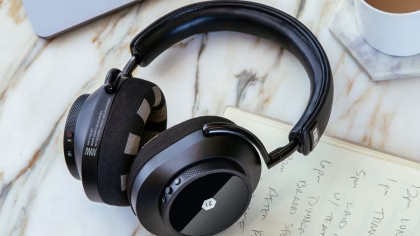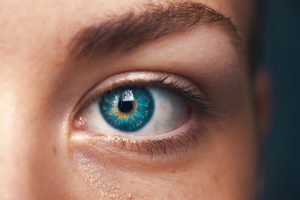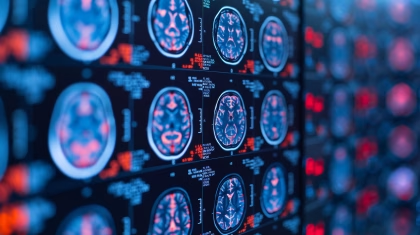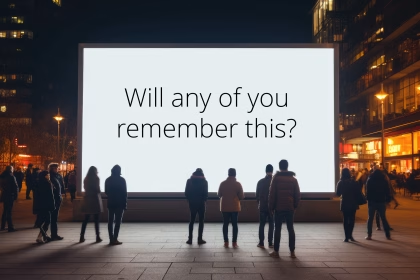Integrating the California Verbal Learning Test (CVLT) with iMotions offers a comprehensive approach to verbal memory assessment. This multimodal strategy enhances the evaluation process by incorporating cutting-edge technology with established cognitive testing methods. Researchers can now gain deeper insights into verbal memory performance through this innovative integration.
Table of Contents
The California Verbal Learning Test (CVLT) is a well-established tool in neuropsychology. It assesses how people learn, remember, and recognize verbal information. Traditionally, the test is given using spoken or written word lists. However, with biosensor technology, researchers can now collect more detailed data about how the brain and body respond during the test. The iMotions Lab software allows for this kind of integration by recording and syncing biometric data such as eye movements, facial expressions, brain activity, and physical arousal.
Why Combine CVLT with iMotions?
While the CVLT provides valuable insight into memory performance, it doesn’t show what’s happening in the body and brain during the test. iMotions fills that gap by collecting real-time data through multiple sensors. This helps researchers understand:
- Where participants look when reading or recalling words (eye tracking)
- How the brain responds during learning and memory (EEG)
- Changes in physical arousal or stress (GSR & ECG)
- Emotional reactions (facial expression analysis)

By combining these measures with CVLT results, researchers get a deeper look at how memory works in different situations and populations.
Setting Up the CVLT in iMotions
To run the CVLT within iMotions, the test format should ideally be recreated digitally, to capture the full range of insights. Each part of the test-word presentation, recall, and recognition-can easily be designed using the platform’s survey or stimuli tools.
The standard process involves:
- Presenting a 16-word list over five learning trials, one word at a time
- Using a brief distraction task (a new word list) to test memory interference
- Asking for immediate recall, followed by delayed recall after a pause
- Showing a list of both old and new words for recognition testing
All visual content is time-locked so that iMotions can match it with biometric readings.
Recording Biometric Data In iMotions
Once the CVLT is built into the platform’s study builder, researchers can connect sensors for:
- Eye tracking: to measure where and how long participants focus on each word
- EEG: to record brainwave activity tied to memory processes
- ECG: to compare across conditions, by measuring stress levels at learning vs recall for different groups.
- Facial coding: to capture subtle emotional reactions
During the test, iMotions collects all this data and syncs it to each test phase. This makes it easy to compare biometric changes across trials, between word types (e.g., recalled vs. forgotten), and over time.
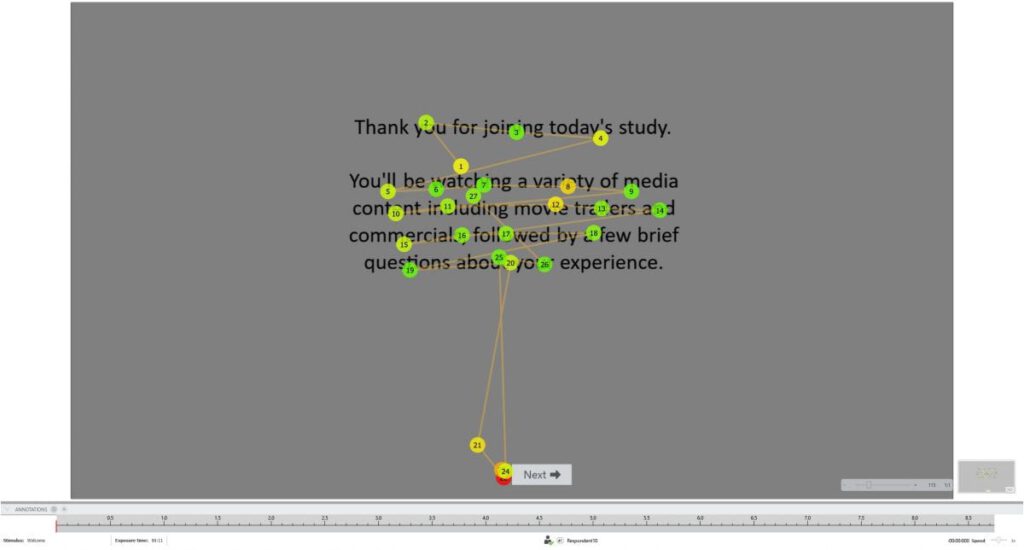
Analyzing the Results
After the session, researchers can use built-in tools in iMotions to visualize and analyze the data. They can also export it for use in other programs like R or SPSS. This allows them to look for patterns such as:
- Whether more eye fixations on a word predict better recall
- What types of brain activity are linked with remembering vs. forgetting
- How emotional or physical responses affect memory performance
These findings can be especially useful in studies of child development, aging, brain injury, or mental health, where traditional test scores may not tell the full story.
Applications in Research and Practice
The combined use of CVLT and iMotions is useful in many fields:
- In clinical neuropsychology, to study memory decline in aging or dementia
- In cognitive neuroscience, to examine brain activity during learning
- In educational psychology, to understand how emotion and attention impact recall
- In pharmacological studies, to test how drugs affect memory systems
This method also supports the development of adaptive testing, where the system can adjust based on the participant’s real-time engagement or stress levels.
Conclusion
The California Verbal Learning Test, when paired with iMotions, becomes more than a memory test-it becomes a window into the full cognitive and emotional experience of the processes of learning, retaining and recalling information. Researchers can move beyond right-or-wrong answers to see how information is processed. This enriched approach leads to better insights, especially when studying complex human behaviors across diverse populations or demographics.





